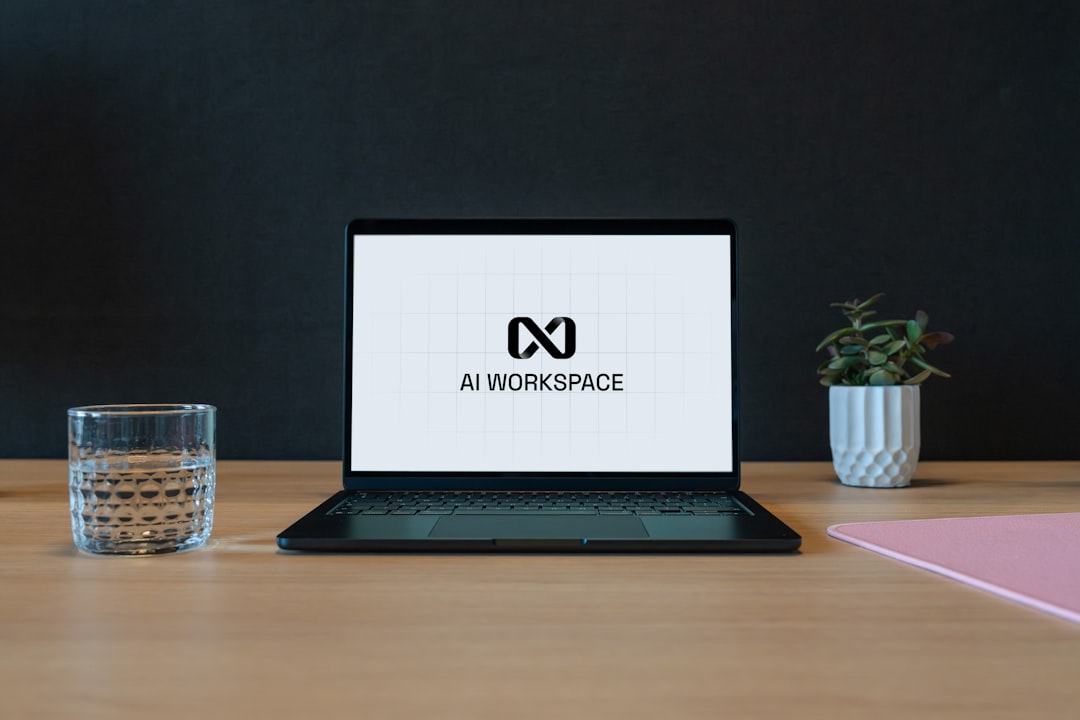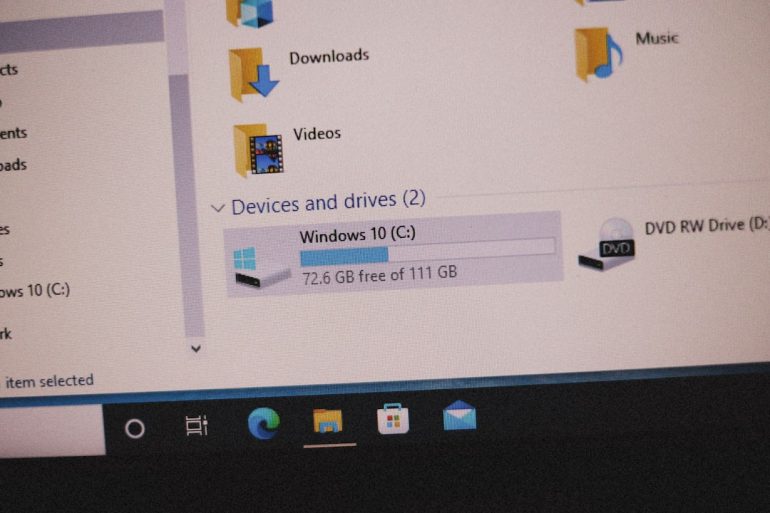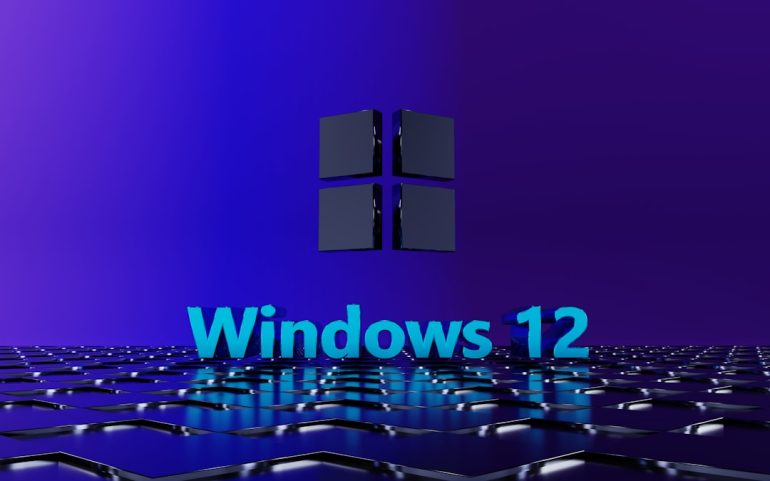Future of .NET Development: Trends Every Business Should Watch in 2025
The rapid evolution of software development technologies has consistently shaped how businesses innovate and operate. As we approach 2025, .NET development continues to show tremendous promise as a robust and flexible framework. With Microsoft’s strong support, a growing development community, and continued open-source contributions, businesses relying on .NET must stay updated with the latest trends to maintain their competitive edge.
The Shift Toward .NET 8 and Beyond
Table of Contents
Microsoft’s release of .NET 8 in late 2023 marked a significant milestone in unified development capabilities. As we enter 2025, the integration and adoption of .NET 8 will accelerate. Businesses will increasingly leverage its performance improvements, modern tooling, and enhanced cross-platform features.
- Performance Gains: .NET 8 introduces advanced AOT (Ahead-Of-Time) compilation, leading to faster runtime execution.
- Unified Development Model: One codebase can target mobile, desktop, web, and cloud applications seamlessly.
- LTS Support: Since .NET 8 is a Long-Term Support release, it offers stability and security updates through 2026 — a feature critical for enterprise applications.
AI and Machine Learning in .NET Ecosystem
Artificial intelligence is no longer futuristic — it has become a practical need for modern applications. Microsoft continues to integrate AI and ML capabilities into .NET through ML.NET and Azure AI services. In 2025, developers will build increasingly intelligent applications directly in .NET using native tools.
Some important trends include:
- Embedded AI Capabilities: Developers can now integrate NLP, anomaly detection, and image classification without leaving the .NET environment.
- Low-Code AI Model Training: ML.NET and Azure AutoML allow minimal-code configurations for tasks that previously required deep data science expertise.
- Real-Time Analytics: Applications can process live data, delivering insights instantly using .NET and Azure Stream Analytics.

Cloud-Native and Serverless Architectures
The cloud remains a cornerstone of business innovation. As we look toward 2025, cloud-native development continues to grow in importance for .NET developers. With first-class support for containerization and microservices, the framework is ideally positioned for scalable and resilient software solutions.
Key developments businesses should note:
- Serverless Frameworks: Azure Functions and AWS Lambda with .NET support are becoming the norm for applications requiring high scalability at reduced cost.
- Kubernetes Integration: Projects like Project Tye simplify microservices deployments on Kubernetes clusters with native .NET support.
- DevOps Pipelines: Full CI/CD integration with GitHub Actions and Azure DevOps allows rapid and secure code deployment to cloud platforms.
Continued Expansion of Blazor and WebAssembly
Blazor has brought a revolutionary shift in building interactive web UIs using C# instead of JavaScript. With WebAssembly gaining more performance significance, 2025 will see more .NET applications relying on Blazor for their frontend architecture.
Emerging Blazor trends include:
- Blazor WebAssembly Optimization: Significant improvements in load-time performance and resource management.
- Blazor Hybrid Apps: Blazor now supports the building of hybrid applications across Windows, Mac, and mobile devices using .NET MAUI.
- Enterprise Adoption: The stability and maintainability offered by C# make Blazor an appealing choice for finance, healthcare, and other regulation-heavy industries.

.NET MAUI and the Rise of Multi-Platform Apps
.NET MAUI (Multi-platform App UI), introduced as a successor to Xamarin, has matured significantly. As businesses realize the cost and efficiency benefits of a single codebase across platforms, MAUI adoption is growing.
In 2025, MAUI development is expected to become a standard for cross-platform development:
- Single Codebase: Build applications natively for Android, iOS, Windows, and macOS using shared logic and UI components.
- Corporate Mobile Apps: Internal use applications in logistics, fieldwork, and remote collaboration will increasingly be MAUI-based due to easier maintenance and integration with existing corporate systems.
- Native Performance: Built-in support for platform-specific features ensures a smooth user experience compared to third-party wrappers.
Security and Compliance as Priorities
With the rising tide of cyber threats and global data protection regulations (like GDPR and HIPAA), .NET’s strong security framework is becoming even more pivotal. Businesses in 2025 must prioritize integrating security into every phase of development — a shift known as DevSecOps.
Notable trends include:
- Built-In Identity Management: ASP.NET Core’s seamless integration with Azure AD B2C enables advanced features like multi-factor authentication and role-based access control.
- Static Code Analysis: Tools like Roslyn analyzers and SonarQube are being baked directly into build pipelines to catch vulnerabilities early.
- Compliance Automation: .NET enterprises are embedding compliance rules into their SDLC using Open Policy Agent (OPA) and custom policy engines.
The Role of Open Source and Community Collaboration
One of the most transformative changes in .NET over recent years has been its growing embrace of open-source development. With .NET hosted entirely on GitHub, developers contribute to runtime improvements, documentation, and community libraries at an unprecedented scale.
In 2025, this trend is expected to deepen:
- Community Tooling: Libraries like Serilog, AutoMapper, MediatR, and FluentValidation continue to be maintained by the open-source community and are widely adopted in enterprise applications.
- Transparent Roadmaps: Microsoft’s public disclosure of the .NET roadmap assists businesses in planning their strategies with long-term vision.
- Diversified Input: With contributions from developers worldwide, .NET is increasingly becoming a global, inclusive platform that serves diverse industries.
Predictions for .NET in 2025 and Beyond
Based on the collaboratively evolving ecosystem and continuous innovations from Microsoft, here are some predictions for .NET’s direction through 2025:
- Broader Use of AOT-Compiled Microservices: Startup performance and resource abstraction will push .NET into more edge-computing and IoT scenarios.
- AI-Driven Development Experience: Integration of AI assistants and copilots in Visual Studio and GitHub Copilot will enhance developer productivity by automating boilerplate code and identifying bugs in real-time.
- Integrated GPT-Style Modules: Chat-based interfaces and GPT-driven enhancements in enterprise apps will become routine with streamlined SDKs in .NET.
Conclusion: Preparing Your Business for .NET’s Future
In today’s digital-first world, keeping pace with technological evolution is not optional — it’s essential. .NET’s future appears more dynamic, inclusive, and scalable than ever before, making it an ideal backbone for building modern applications. Businesses that invest in upskilling their teams, modernizing their infrastructure with .NET 8, and embracing AI, cloud, and open-source practices will be better positioned to outperform in the competitive landscape of 2025 and beyond.
By recognizing these trends early and strategizing around them, decision-makers can extract the maximum value from their existing .NET investments while preparing for future opportunities. The time to act is now — .NET’s transformation is already underway, and its destination is full of promise.







